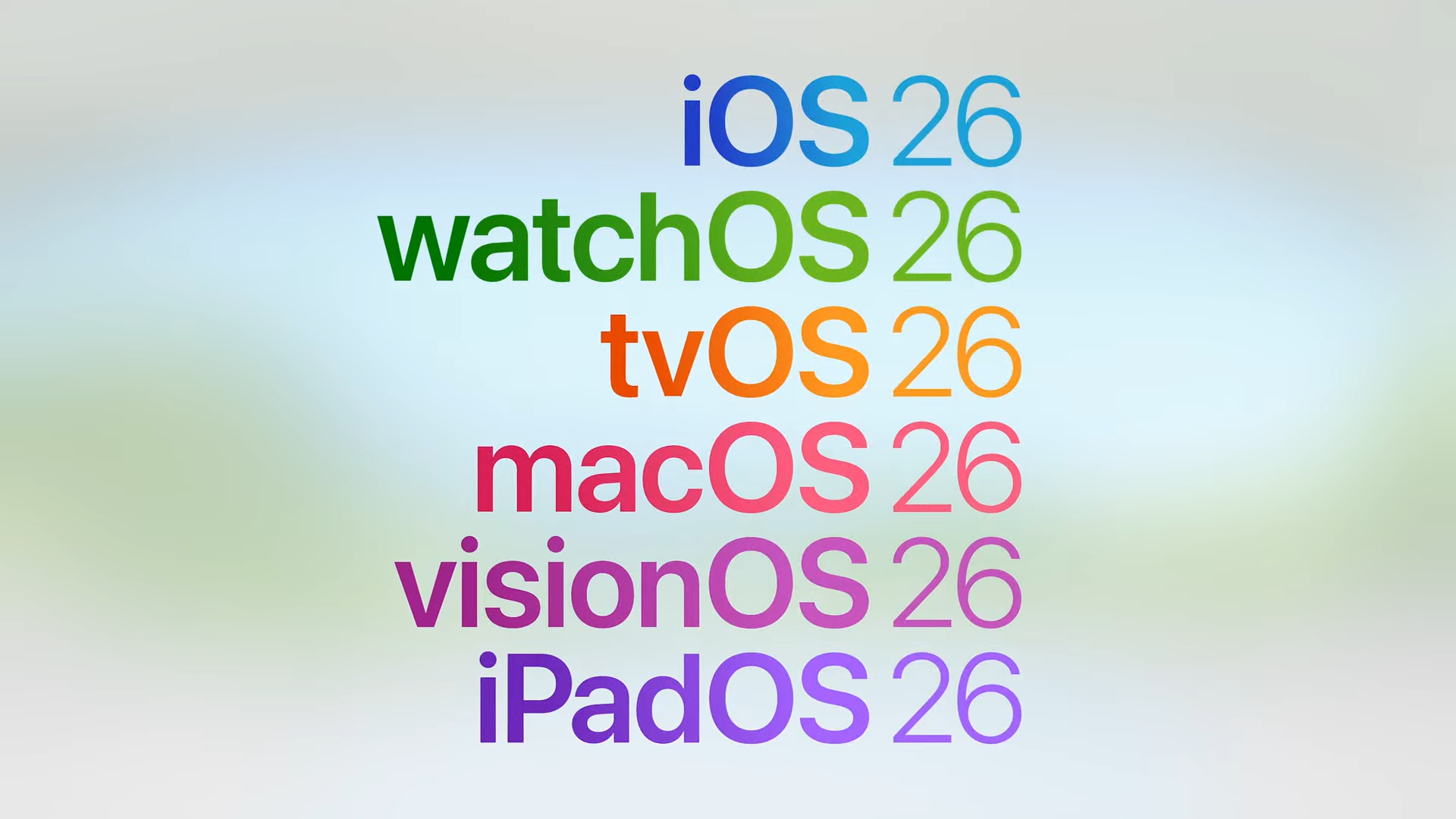The WWDC 2025 keynote gave Apple device owners a peek into what they can expect their iPhones, iPads and Macs to look like later this year. The company focused on design and productivity upgrades to all of its major operating systems this time around, and of course, some new AI features as well. When the latest OSes become available to all this fall, interfaces will look noticeably different than they did before, with a refreshed design language, updated widgets, a few overhauled apps and more. Here’s everything Apple announced at WWDC 2025 this year.
Apple Intelligence
Apple kicked off the keynote by talking about Apple Intelligence, reviewing features that iPhone users already have access. The biggest piece of news this time around is that all apps, including those made by third-party developers, will be able to access Apple Intelligence. That means non-native apps will able to tap into Apple Intelligence to use AI to enhance their own features.
Liquid Glass design and new software names
As was expected, Apple revealed a new visual design language coming to all of its operating systems dubbed Liquid Glass. It called this new system its “broadest” design update yet, and it features semi-transparent design features like redesigned widgets, notifications and more. Apple is billing it as more dynamic than the previous design language, and it will bring even more consistency across all operating systems including iOS, iPadOS and macOS.
In addition to the new design language, Apple is revamping the names of all of its operating systems. Instead of iOS 19, for example, we’ll have iOS 26 coming out this fall. iPadOS 26, watchOS 26 and others will follow suit, marking the first time Apple has given its software updates year identifiers instead of arbitrary generation numbers.
iOS 26
Upon naming iOS 26 for the first time during the keynote, Apple focused on the visual changes we can expect coming in the redesign. The changes are subtle, but they give iOS a cleaner look and feel, with lots of overlapping elements, rounded corners and more. Apple said the design is inspired by that of visionOS, the operating system that powers Vision Pro headsets. App icons has slightly different looks, and toolbars and text inputs have see-through appearances. But folks will be happy to know that things look largely the same — you shouldn’t have an issue identifying key apps like the Phone app, FaceTime and more.
Phone app
Speaking of the Phone app, it’s getting the biggest redesign since its launch with the original iPhone all those years ago. It puts scrolling front-and-center, allowing you to scroll through key contacts, recent calls and voicemail messages all on one screen. A translucent bar at the bottom of the screen gives you quick access to additional contacts and other options. Hold Assist, a new feature, will mute hold music but keep you on the call until someone picks up on the other line.
Messages
Messages is getting a few new features as well, including the ability to change the entire message background color for group messages and the ability to take polls among group chat members. New screening features including “unknown senders,” which sequesters those pesky spam messages to a separate space in Messages, so you can keep your most important conversations in the forefront and ignore those that don’t matter.
Elsewhere within Messages are a few sneaky AI features related to Genmoji. In the forthcoming software update, you’ll be able to combine two existing emojis to create an entirely new, custom Genmoji, and you can even use ChatGPT to create Genmoji if you wish. Live translate is coming to Messages as well, automatically translating messages as you type and delivering them to the receiver in their preferred language. Similarly functioning live captions will be available in FaceTime, and Apple Music will get live translation and live pronunciation features to help listeners enjoy music in other languages even more. Call Translation API will be available to other developers to use in their communication apps as well.
Maps and Wallet
Updates coming to Apple Maps include the ability for the app to learn your routine to suggest alternative routes, and “visited places,” which logs cities, landmarks, business and more that you’ve visited, making it easier for you to find places you want to revisit again.
The Wallet app will now support Digital ID, which lets you create a digital ID that’s separate from your driver’s license and passport and can be used to verify your identity in some locations. You’ll also be able to add boarding passes to Wallet when you’re flying.
Games app
iOS 26 will feature a revamped Games app as well. It will feature a Library tab, where you can find all of the games you’ve ever downloaded for iOS, and a dedicated Apple Arcade tab where you can find all of the titles included in that service. Challenges is a new feature will let you play more directly with friends by challenging them to competitions in supported games, and that includes single-player games that can be turned into “competition” games, with built-in developer support.
Visual Intelligence
Visual Intelligence is getting baked into iOS 26’s interface a bit more an a seemingly handy way — by allowing you to visually search for anything that pops up on your iPhone screen. For example, if there’s an image of a jacket you like on your social media feed, you can take a screenshot of your iPhone screen and use the new Visual Intelligence image search feature to search for similar jackets across the web and other apps. You can even highlight certain areas of your screenshot to refine your visual search further.
Developing…
This article originally appeared on Engadget at https://www.engadget.com/big-tech/wwdc-2025-everything-apple-announced-including-ios-26-liquid-glass-design-and-more-171718030.html?src=rss
